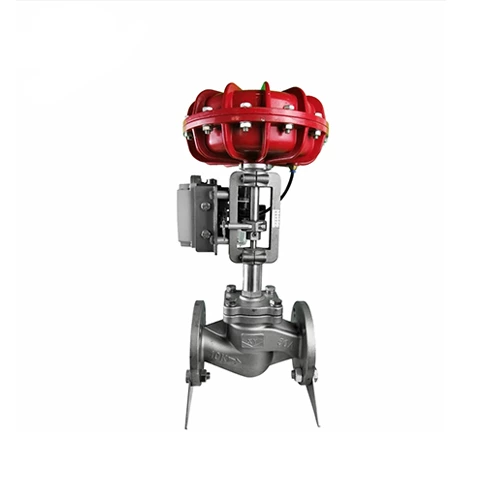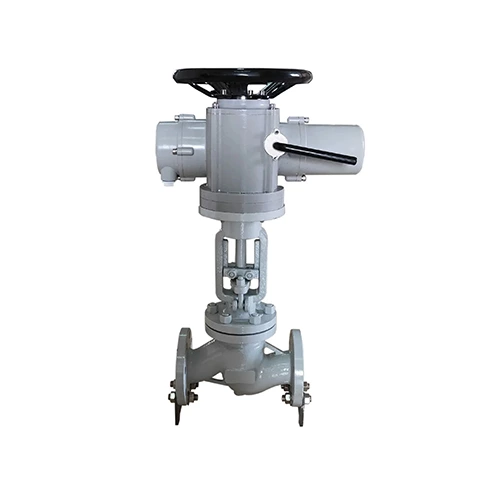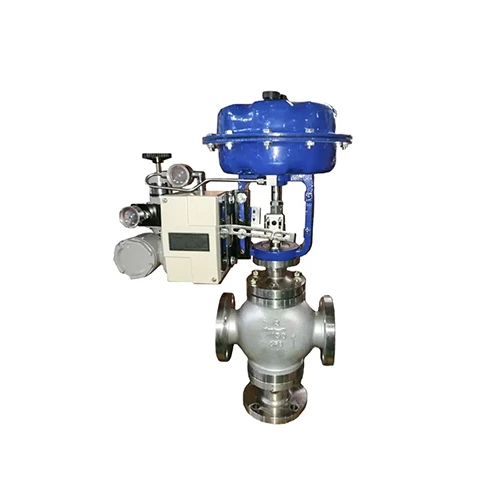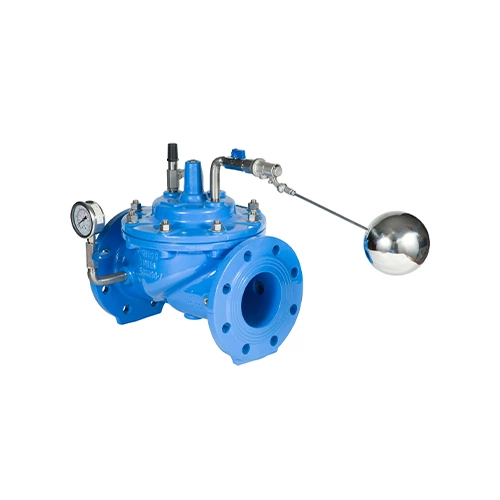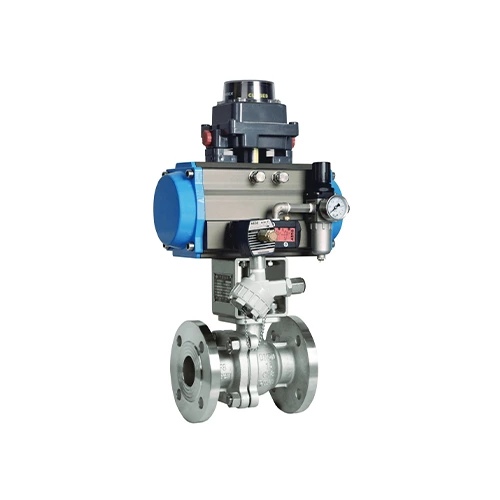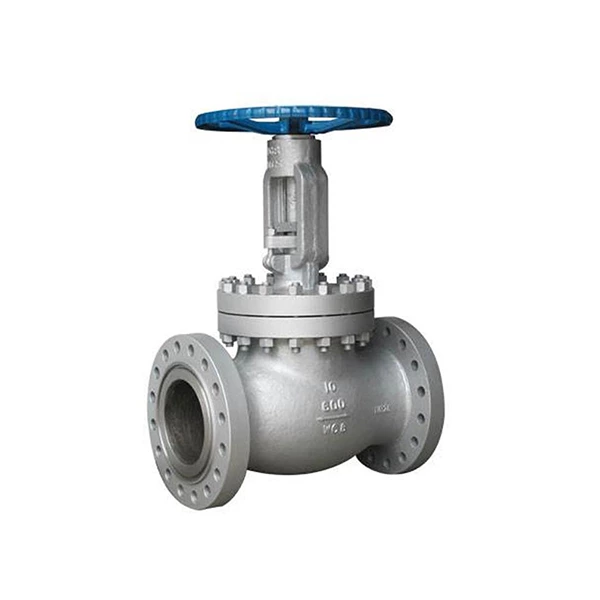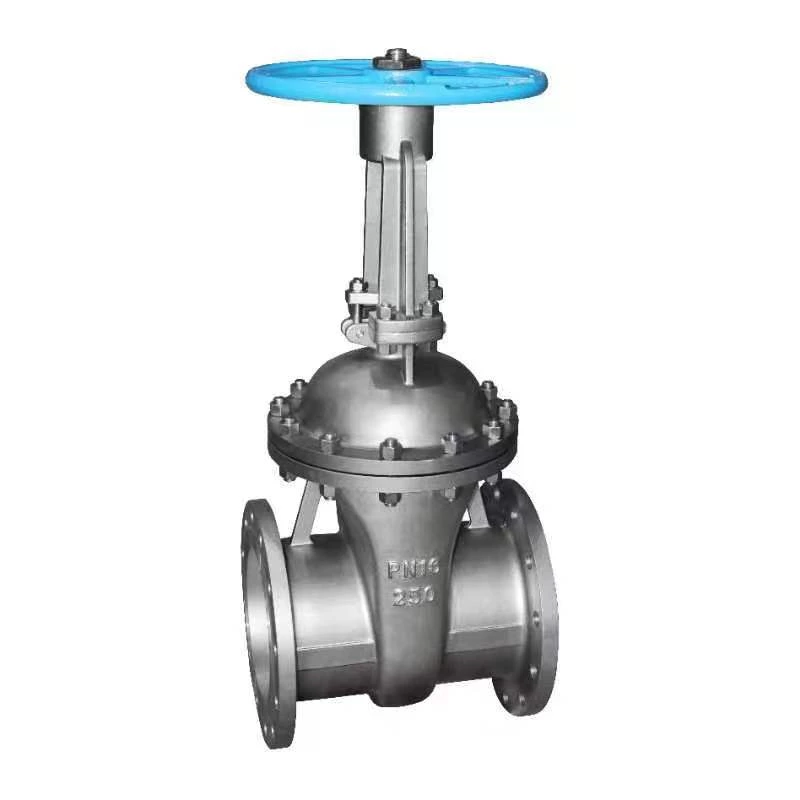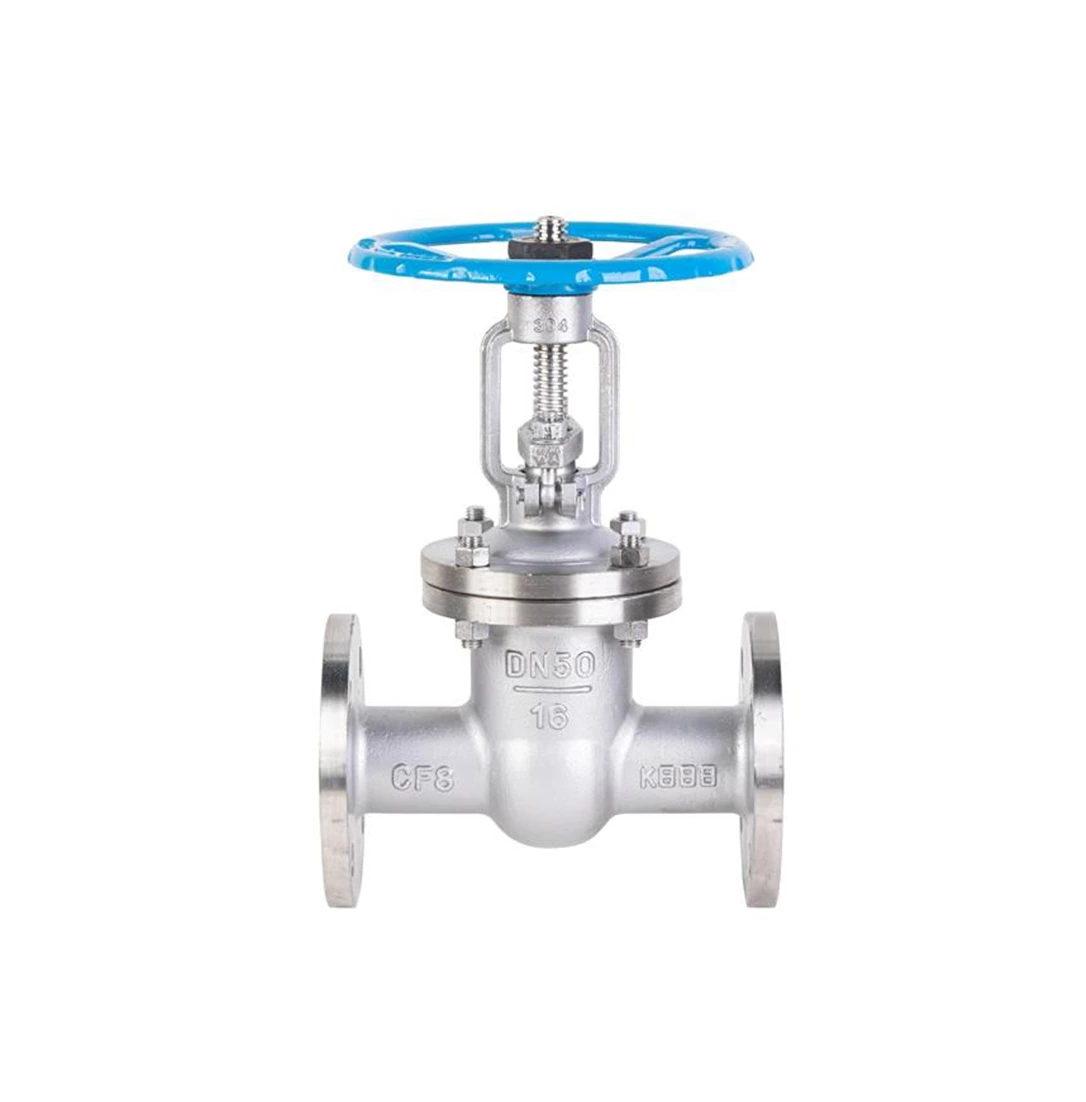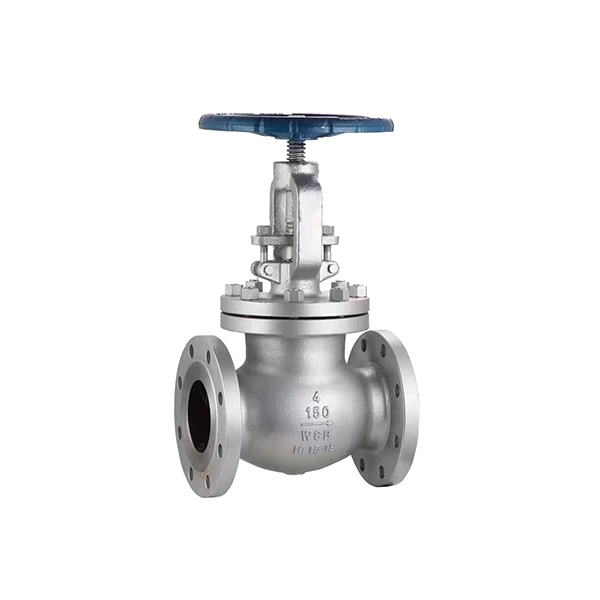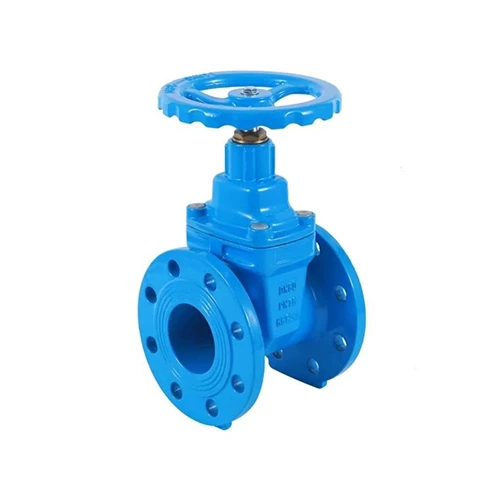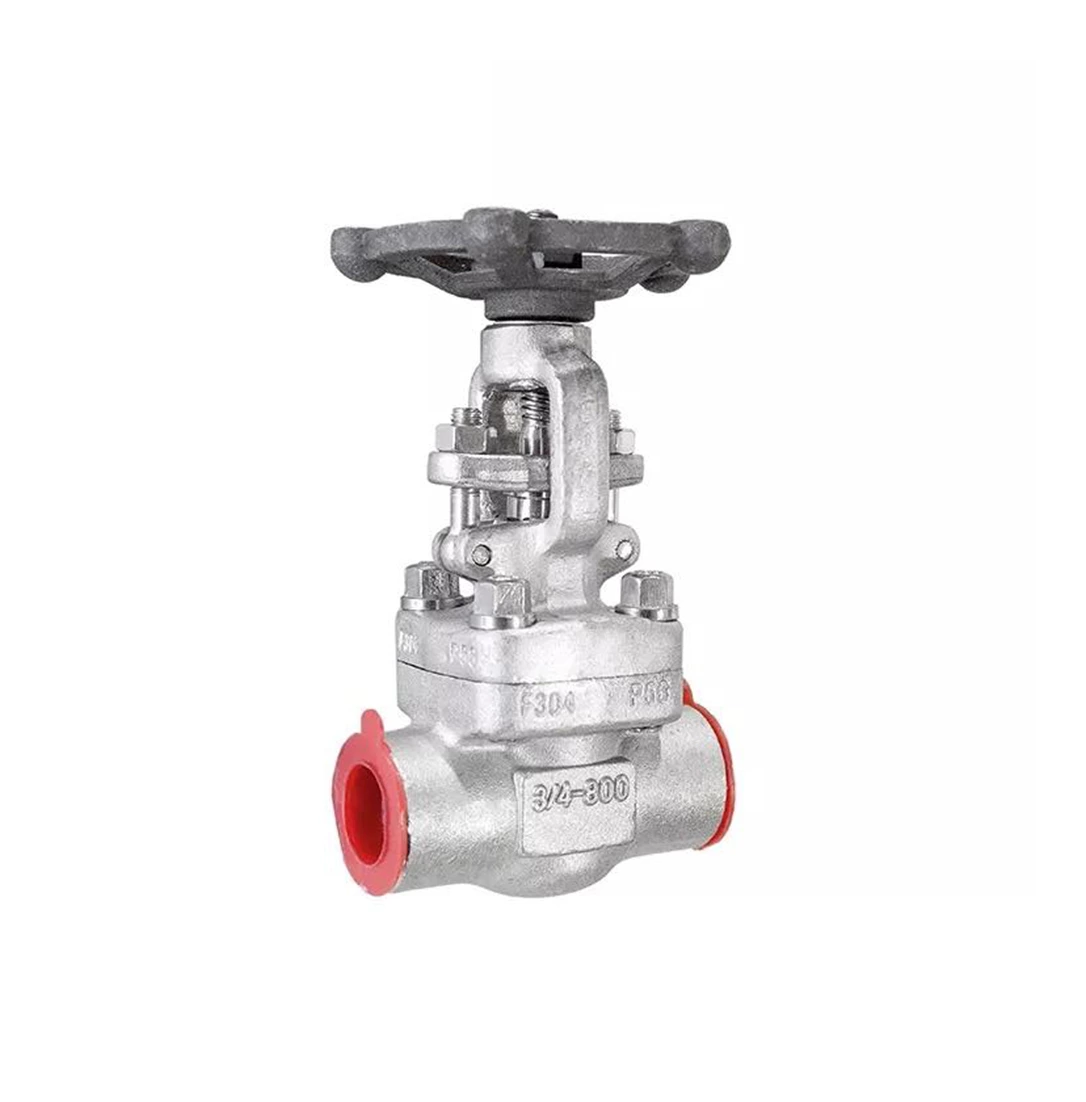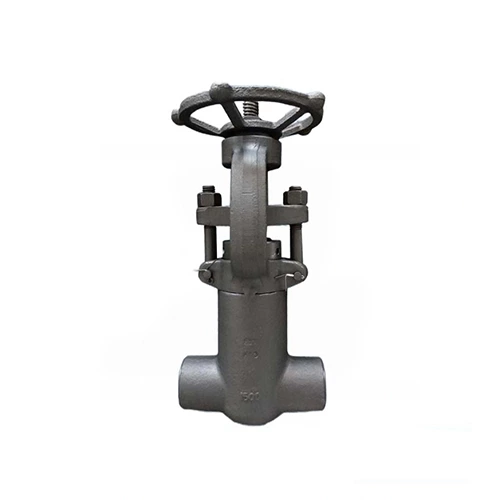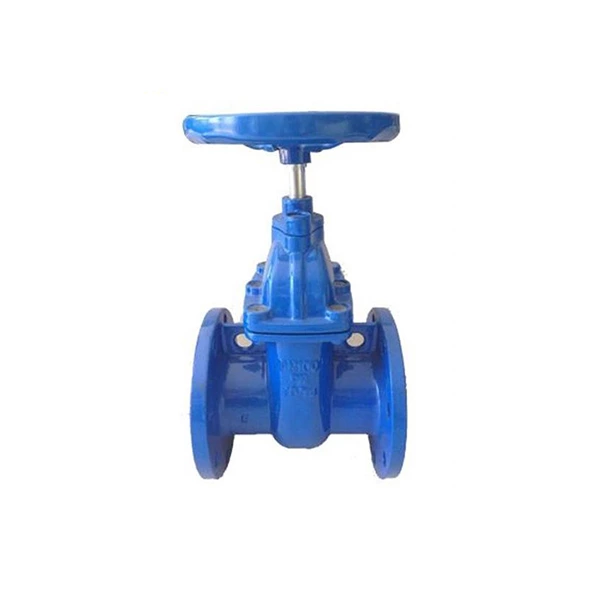The regulating valve, also known as the control valve, is the final control element in the field of industrial automation process control, which changes the process parameters such as medium flow, pressure, temperature and liquid level by receiving the control signal output by the regulating control unit and with the help of power operation. It is generally composed of actuator and valve. According to the stroke characteristics, the regulating valve can be divided into straight stroke and angular stroke; According to the power used by the actuator, it can be divided into pneumatic control valve, electric control valve and hydraulic control valve; According to its function and characteristics, it is divided into linear characteristics, equal percentage characteristics and parabolic characteristics. The regulating valve is suitable for air, water, steam, various corrosive media, mud, oil and other media. Common classification of control valve: pneumatic control valve, electric control valve, hydraulic control valve and self operated control valve.
Read MoreThe regulating valve, also known as the control valve, is the final control element in the field of industrial automation process control, which changes the process parameters such as medium flow, pressure, temperature and liquid level by receiving the control signal output by the regulating control unit and with the help of power operation. It is generally composed of actuator and valve. According to the stroke characteristics, the regulating valve can be divided into straight stroke and angular stroke; According to the power used by the actuator, it can be divided into pneumatic control valve, electric control valve and hydraulic control valve; According to its function and characteristics, it is divided into linear characteristics, equal percentage characteristics and parabolic characteristics. The regulating valve is suitable for air, water, steam, various corrosive media, mud, oil and other media. Common classification of control valve: pneumatic control valve, electric control valve, hydraulic control valve and self operated control valve.
Read MoreThe regulating valve, also known as the control valve, is the final control element in the field of industrial automation process control, which changes the process parameters such as medium flow, pressure, temperature and liquid level by receiving the control signal output by the regulating control unit and with the help of power operation. It is generally composed of actuator and valve. According to the stroke characteristics, the regulating valve can be divided into straight stroke and angular stroke; According to the power used by the actuator, it can be divided into pneumatic control valve, electric control valve and hydraulic control valve; According to its function and characteristics, it is divided into linear characteristics, equal percentage characteristics and parabolic characteristics. The regulating valve is suitable for air, water, steam, various corrosive media, mud, oil and other media. Common classification of control valve: pneumatic control valve, electric control valve, hydraulic control valve and self operated control valve.
Read MoreHydraulic control valve is the valve controlled by water pressure. The hydraulic control valve is composed of a main valve and its attached conduit, pilot valve, needle valve, ball valve and pressure gauge. According to different purposes, functions and places, it can be developed into remote control float valve, pressure reducing valve, slow closing check valve, flow control valve, pressure relief valve.
Read MoreSolenoid valve is an industrial equipment controlled by electromagnetism. It is an automatic basic element used to control fluid. It belongs to actuator and is not limited to hydraulic and pneumatic. It is used to adjust the direction, flow, speed and other parameters of the medium in the industrial control system. The solenoid valve can cooperate with different circuits to achieve the expected control, and the control accuracy and flexibility can be guaranteed. There are many kinds of solenoid valves. Different solenoid valves play a role in different positions of the control system. The most commonly used are one-way valve, safety valve, direction control valve, speed regulating valve, etc.
Read More